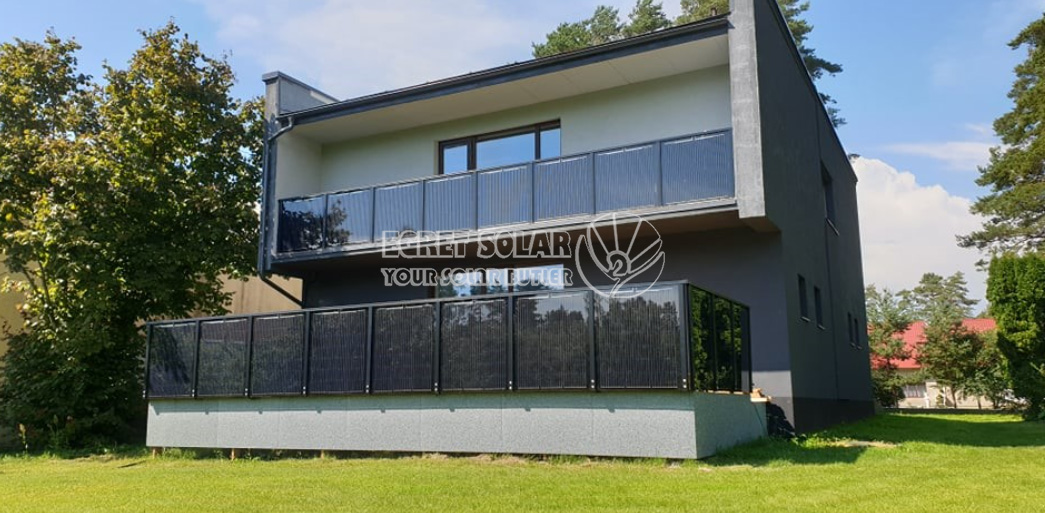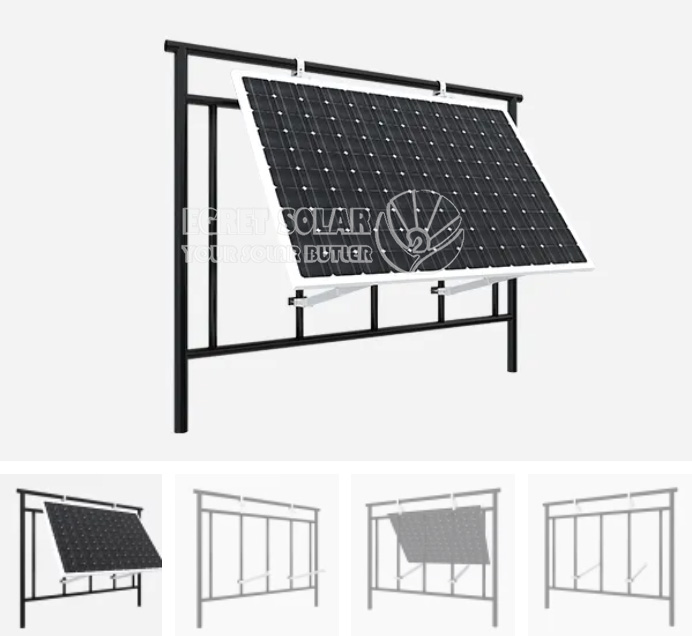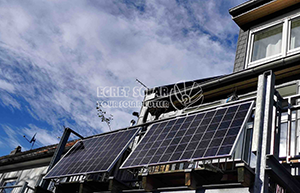- English
- Español
- Português
- русский
- Français
- 日本語
- Deutsch
- tiếng Việt
- Italiano
- Nederlands
- ภาษาไทย
- Polski
- 한국어
- Svenska
- magyar
- Malay
- বাংলা ভাষার
- Dansk
- Suomi
- हिन्दी
- Pilipino
- Türkçe
- Gaeilge
- العربية
- Indonesia
- Norsk
- تمل
- český
- ελληνικά
- український
- Javanese
- فارسی
- தமிழ்
- తెలుగు
- नेपाली
- Burmese
- български
- ລາວ
- Latine
- Қазақша
- Euskal
- Azərbaycan
- Slovenský jazyk
- Македонски
- Lietuvos
- Eesti Keel
- Română
- Slovenski
- मराठी
- Srpski језик
The Balcony Solar System
By now you probably know that rooftop or ground-mounted solar installations are used for houses that have a suitable (lots of sun, little shade) roof or garden space.
Balcony solar systems are booming across Europe. Generating electricity can save money and get people interested in green energy, say experts. But do the systems pay off for everyone?

But what if you don’t have a garden or a roof that you can use?
Well, you don’t need to miss out on solar power just because you don’t live in a traditional house. If you live in an apartment and you still want to have your own solar power supply, then a balcony solar system is an ideal alternative.
Balcony solar systems, otherwise known as mini solar systems, are compact and efficient solutions for harnessing the power of the sun to generate your own supply of electricity.
Over the last few years, balcony systems have grown in popularity, mostly due to their accessibility and ease of installation. In most cases, all that’s involved in a balcony system installation is clipping it onto the balcony railings and plugging in.

Why you need a balcony solar system
Firstly, balcony solar systems are incredibly easy to install compared to some traditional solar panel systems, which often have lots of complicated wiring paths to connect to.
Also known as a plug-in solar system, a balcony system can directly connect to your home circuit simply by plugging into a socket. These sockets, commonly known as Schuko plugs and outlets in Europe, open up a new world of possibilities for property owners.
Users can simply plug their balcony solar system into a wall outlet and begin producing electricity, with no need for an expensive professional panel design and assessment. Meaning that complex installations are a thing of the past for those who invest in plug-in solar devices.
As well as this, balcony solar systems are just as easy to unplug and take with you when you move home — saving even more time and money on new panels every time you wish to move on.
What’s more, balcony solar panels don’t require a registration with the operator in the same way that traditional roof- or ground-mounted systems do. Typically, when you connect your solar panels to the main grid, you will need to report to the operator. However, if your solar system is under the European upper limit standard of 800 W, you don’t need to register with an operator.

The Egret balcony solar mounting system is a product that is installed on balcony railings and allows for the easy construction of small home PV plants on balconies. Installation and removal are very simple and quick; the installation can be completed by 1-2 people. The system is bolted and fixed, so there is no need for welding or drilling during installation.
With a maximum tilt angle of 30°, the panels’ tilt angle can be flexibly adjusted according to the installation site to achieve the best power generation efficiency. The panel’s angle can be adjusted at any time thanks to the unique telescopic tube support leg design. Optimized structural design and material selection ensure the system’s strength and stability in a variety of climatic environments.
The solar module converts daylight and sunlight into power. As light falls on the module, electricity is fed into the house network. The inverter feeds electricity into the household electricity network via the nearest power socket. Thus, the electrical base load’s electricity costs are reduced, and a portion of the household electricity demand is saved.
What components do you need in your balcony solar system?
There are four key components that are necessary for the safe and effective running of your balcony solar system. Every piece of equipment is equally as important as the next, each serving a critical role in the production of energy for your home. The crucial components of every balcony solar PV system are made up of:
1.Solar panels: Naturally, the solar panels are the stars of the show. These are the panels that will absorb light from the sun and convert it into DC energy, which then passes through to the microinverter to be converted again. This energy can also be stored in a battery ready for use later, when the sun is no longer shining.
2.Mounting rack: The mounting rack is the framework that helps to fix your solar panels on your balcony safely – ensuring that there’s no wriggle room when mounting your balcony solar system is critical. It’s designed to be sturdy and long lasting, so that your PV system can continue generating electricity for years to come, without the need to replace parts.
3.Microinverter: This is the component that brings the magic right into your home. The microinverter converts the DC electricity that is produced by the solar panels into AC electricity, ready for use in the household. What’s most impressive about our microinverter is that it tracks the maximum power point (MPP) of each solar panel so that each of your solar panels always works at its optimum level — thereby maximizing your solar harvest.
4.Mains power cable: The mains power cable enables you to plug your system into a socket and connect it to your home circuit. This component is unique to balcony solar PV systems, which are plug-in-and-play appliances, unlike their traditional solar system counterparts. It means that users can simply insert the plug into an available and aptly placed socket in their home and begin generating electricity — it really is that simple.
The specific number of components and the size of the solar system will depend on the needs of the user, and how much energy they wish to produce.
However, these are the standard items you should expect to need for a fully functioning balcony solar PV system. Larger systems with multiple solar panels may need more microinverters than a smaller system with just one or two panels.
Another factor to consider is the space available to house the solar PV system. If you’re installing your system on a balcony, it’s expected that you may only need one or two panels to form your entire system.
If you are unsure about the number of components you might need, or the type of setup that’s suitable for your property, you should always consult with a professional prior to installation.

Is a balcony module sufficient for a home's electricity needs?
A plug-in solar module will only cover part of energy demand in industrialized countries where per capita electricity consumption is relatively high. A four-person household in Germany consumes on average about 4000 kWh annually, with a single person using around 1500 kWh.
Still, electricity generated can help reduce power bills, say advocates.
In spring and summer, a south-facing 400-watt module with an optimal inclination angle can generate up to 320 watts on average, half as much when it is slightly cloudy and only about 50 watts when it is very cloudy.
In autumn and winter, mini systems generate 160 watts when the sun shines and only 20 watts when it is very cloudy.
So even in the dark of winter, there is enough power for an internet router, for example, which consumes around 10 watts. And a balcony module can almost always supply enough power for a small 80-watt refrigerator and a laptop of 40 to 100 watts.




